Recent News
For more news related to materials science see the .

Remembering Professor James C.M. Li
A beloved member of the Department of Mechanical Engineering faculty who was an iconic figure in the field of materials science has passed away.
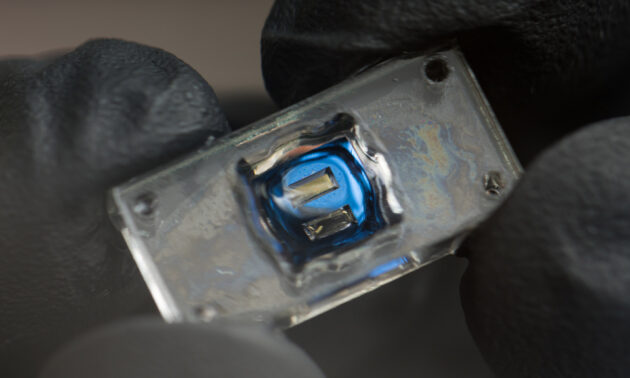
Researchers will use tissue-on-chip technology as a new way to explore the relationship between the lungs and brain.
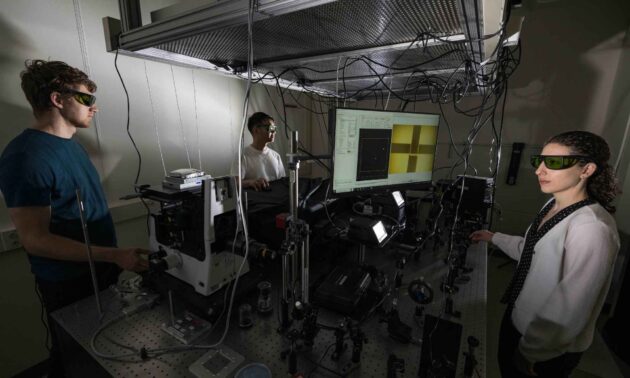
Rochester engineers have developed a way to spot tiny, overheated components that cause electronics’ performance to degrade.
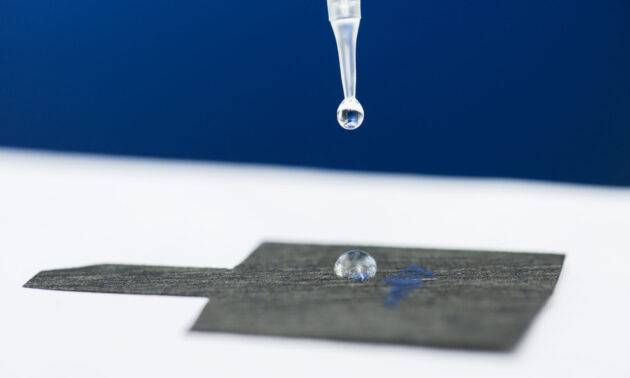
A novel approach using laser-made nanomaterials made from nonprecious metals could lay the foundation for globally scalable remediation techniques.

Rochester is one of four NIH-sponsored centers that aims to produce tissue-on-chip devices as FDA-qualified drug development tools.
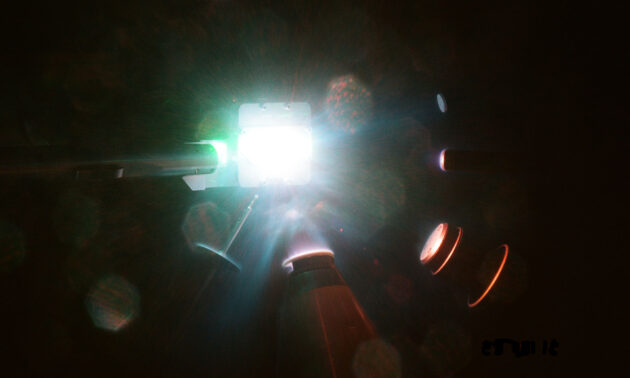
Rochester scientists have developed deep-learning models that can sift through the massive amounts of data generated by X-ray diffraction techniques.
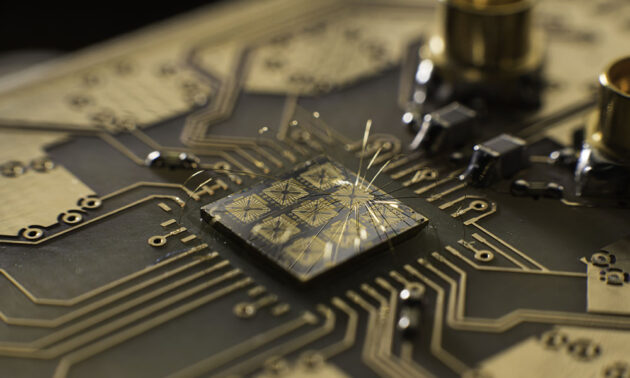
The National Science Foundation has named Rochester as one of six new grant-supported Research Experiences for Undergraduates (REU) sites.